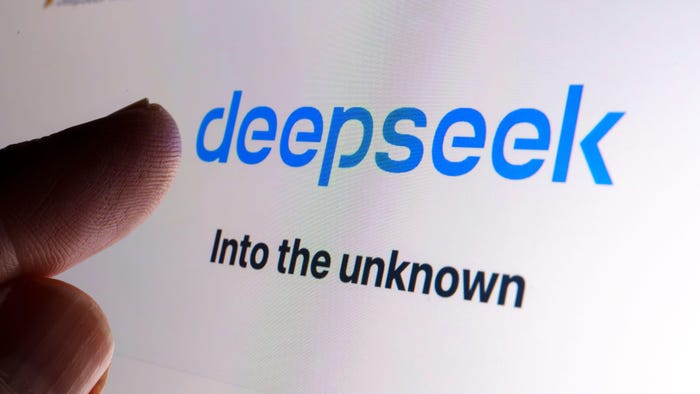How Not To Deploy SSLHow Not To Deploy SSL
The most common missteps that lead to SSL security problems

Last year was a rough one for Secure Sockets Layer (SSL), which was the focus of several high-profile hacks demonstrating its weaknesses, not to mention a protocol flaw resulting in an extension to the specification. But there are many mistakes organizations make when deploying SSL that leave them wide open to attack, according to an SSL expert.
Ivan Ristic, a researcher with SSL Labs and an author with Feisty Duck, says man-in-the-middle (MITM) attacks and other SSL vulnerabilities that were exposed are technical issues organizations can't really do much about. It's up to the vendors to fix those. "A much bigger problem is the thousands of Websites that have incorrectly deployed SSL," Ristic says.
In a presentation at the OWASP meeting in London yesterday, Ristic rattled off a laundry list of mistakes made with SSL that leave Websites and organizations vulnerable and render SSL useless. "The irony is that these are reasonably straightforward things to deploy [correctly]," he says. But people still incorrectly deploy SSL regularly, he says.
Ristic's list (PDF) includes self-signed SSL certificates, do-it-yourself certificate authorities (CAs), mixing SSL and plain text, not using secure cookies, using incomplete certificates, not using EV SSL, not using SSL at all, mixing page content (think plain-text link), poor Website management, only using SSL for some things in a site, and inconsistent DNS configuration.
Ristic says self-signed certificates can be found on some smaller Websites, and that some techies try serving as their own certificate authority for SSL, both of which are a no-no: A self-signed certificate is inherently insecure, and a homegrown CA can leave the CA root unprotected, he says.
Mixing SSL and plain text in a Website leaves the door open for a MITM attack, such as sslstrip to convert an HTTPS link to plain old HTTP, according to Ristic. And it's fairly common for Websites to not bother securing their cookies -- in other words, not transmitting them over SSL at all, which leaves them exposed.
And some sites don't even bother using SSL at all, he says. "If you don't have SSL, you don't have control over your real [brand] presence. It's the only thing that provides some form of authentication on the Internet," he says.
Ristic also warns that a single plain-text link on an SSL-secured Web page could compromise the entire site. And deploying SSL for only "important" things on the site, such as authentication, leaves the site exposed to session-hijacking, he says. "The assumption of many sites is that it's my credentials that are important. But it's not protecting the session: If someone hijacks it, he is able to be logged on as me and will be able to post [as me on a blogging site, for instance,'" he says.
Have a comment on this story? Please click "Discuss" below. If you'd like to contact Dark Reading's editors directly, send us a message.
Read more about:
2010About the Author
You May Also Like
Uncovering Threats to Your Mainframe & How to Keep Host Access Secure
Feb 13, 2025Securing the Remote Workforce
Feb 20, 2025Emerging Technologies and Their Impact on CISO Strategies
Feb 25, 2025How CISOs Navigate the Regulatory and Compliance Maze
Feb 26, 2025Where Does Outsourcing Make Sense for Your Organization?
Feb 27, 2025




